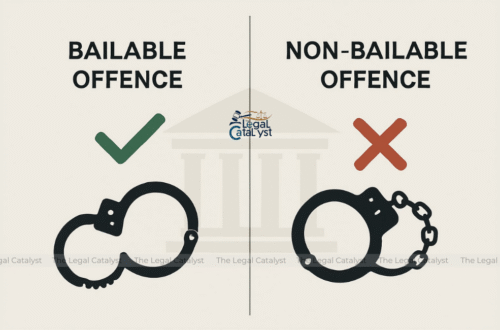A vendor agreement is a legal contract between a business (the purchaser or client) and a vendor (the supplier of goods or services). It explains the terms of supply, payment, responsibilities, and what happens if disputes arise. Drafting it carefully is important to avoid problems later.
1. Title and Introduction
Name the agreement clearly, for example “Vendor Agreement” or “Agreement for Supply of Goods/Services.” Mention who the parties are, including full names and addresses.
2. Background
State why this agreement is being made. For example, the vendor agrees to supply certain goods or services and the purchaser agrees to pay for them.
3. Definitions
Define important terms such as goods, services, delivery date, purchase order, confidential information.
4. Scope of Work or Supply
Describe what exactly is being provided. Mention the quantity, quality standards, specifications, and any packaging requirements.
5. Term and Duration
Write how long the agreement will last. Mention renewal if needed.
6. Pricing and Payment
Clearly mention the price, taxes like GST, payment timeline (for example within 30 days of invoice), mode of payment, and penalty for delay.
7. Delivery and Acceptance
Mention when and how goods or services will be delivered, who is responsible for transport, and how the purchaser will check and accept them.
8. Obligations of Parties
The vendor must ensure timely supply, good quality, and legal compliance. The purchaser must ensure timely payment and provide accurate requirements.
9. Warranties and Guarantees
The vendor guarantees that the goods or services are genuine, free from defects, and follow the law. The purchaser assures timely payment.
10. Confidentiality
Both parties agree not to share private business information.
11. Indemnity and Liability
The vendor will be responsible if defective goods or services cause loss. There may also be a limit on maximum liability.
12. Termination
Explain when the agreement can be ended, such as breach of contract, insolvency, or failure to supply or pay. Usually a 30-day notice is given.
13. Dispute Resolution
Disputes should first be discussed. If unresolved, arbitration can be used under the Arbitration and Conciliation Act, 1996. Mention the place and language of arbitration, and which court will have jurisdiction.
14. Force Majeure
This protects both sides if work cannot be done due to uncontrollable events like natural disasters or pandemics.
15. Other Clauses
The vendor cannot transfer obligations without consent. Notices must be given in writing. The agreement replaces all earlier discussions.
16. Signatures
Leave space for signatures, names, designations, company stamps, and witness signatures if needed.
Practical Points for India
Always include GST details and PAN of the vendor. Agreements may need stamp duty as per the Indian Stamp Act or state laws. For long contracts, include a price revision clause. For service vendors, add performance standards and penalties.
To make it easier, we’ve also created a simple Vendor Agreement Outline that you can understand easily.
Connect with us on Instagram – X – LinkedIn for daily updates, quizzes, and other materials
Also Read- Stigma in Rape Cases Must Rest on Perpetrators, Not Victims: Delhi High Court








